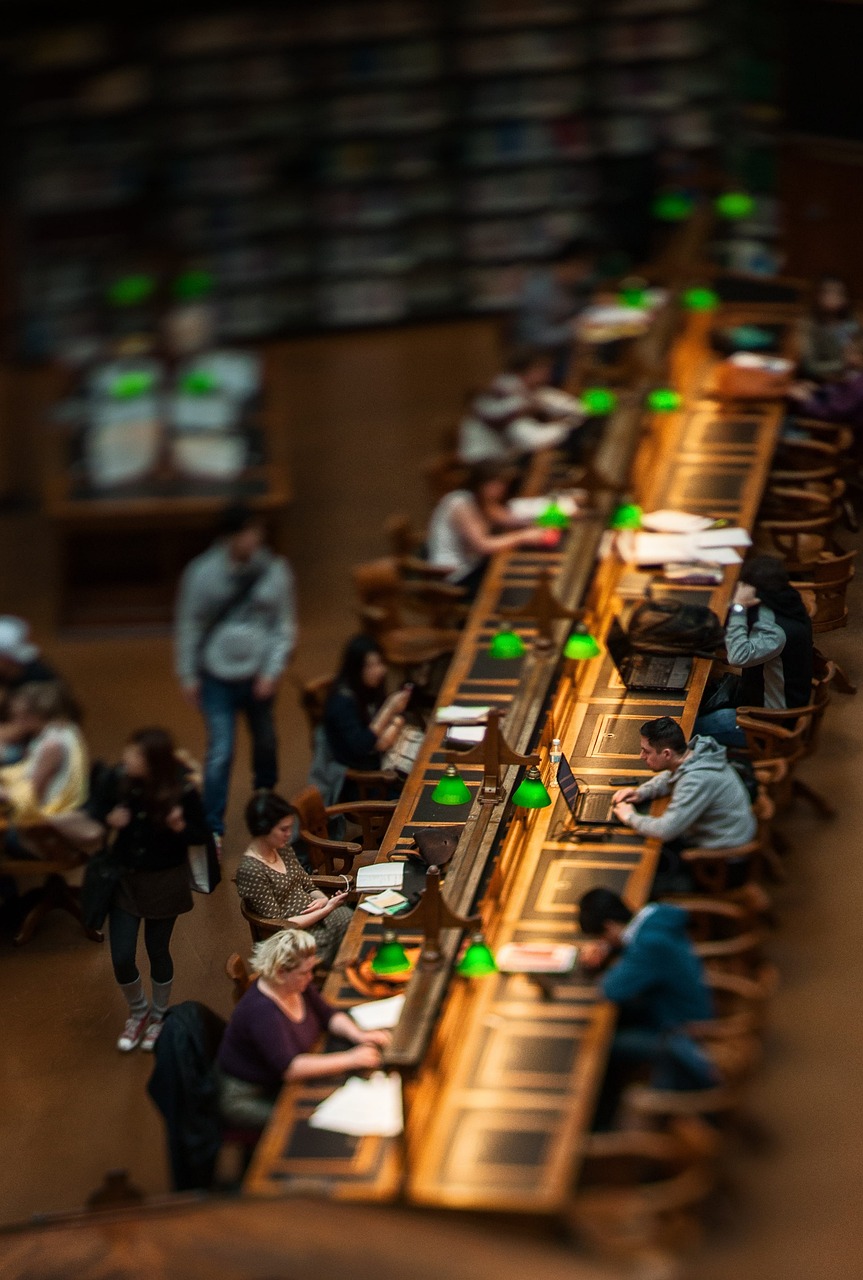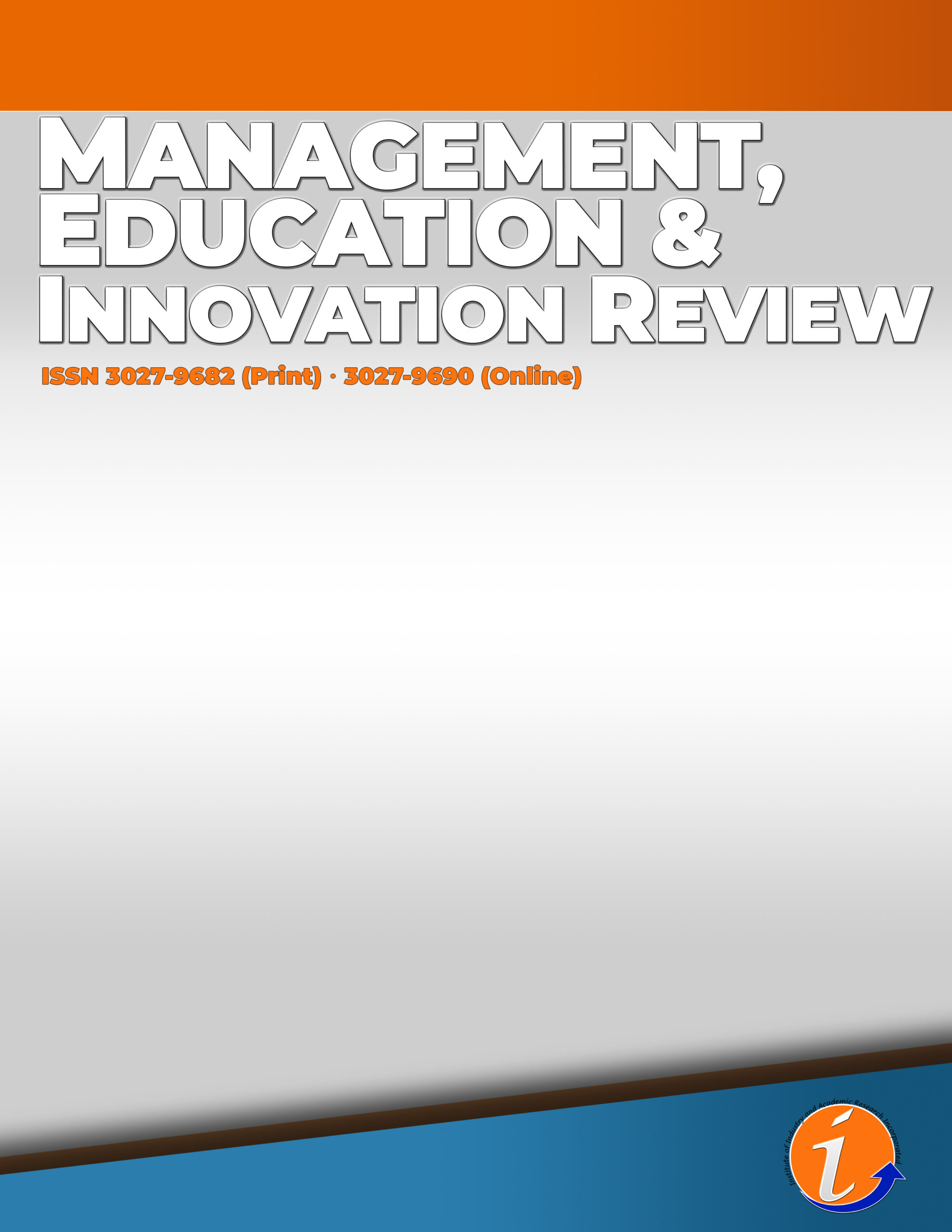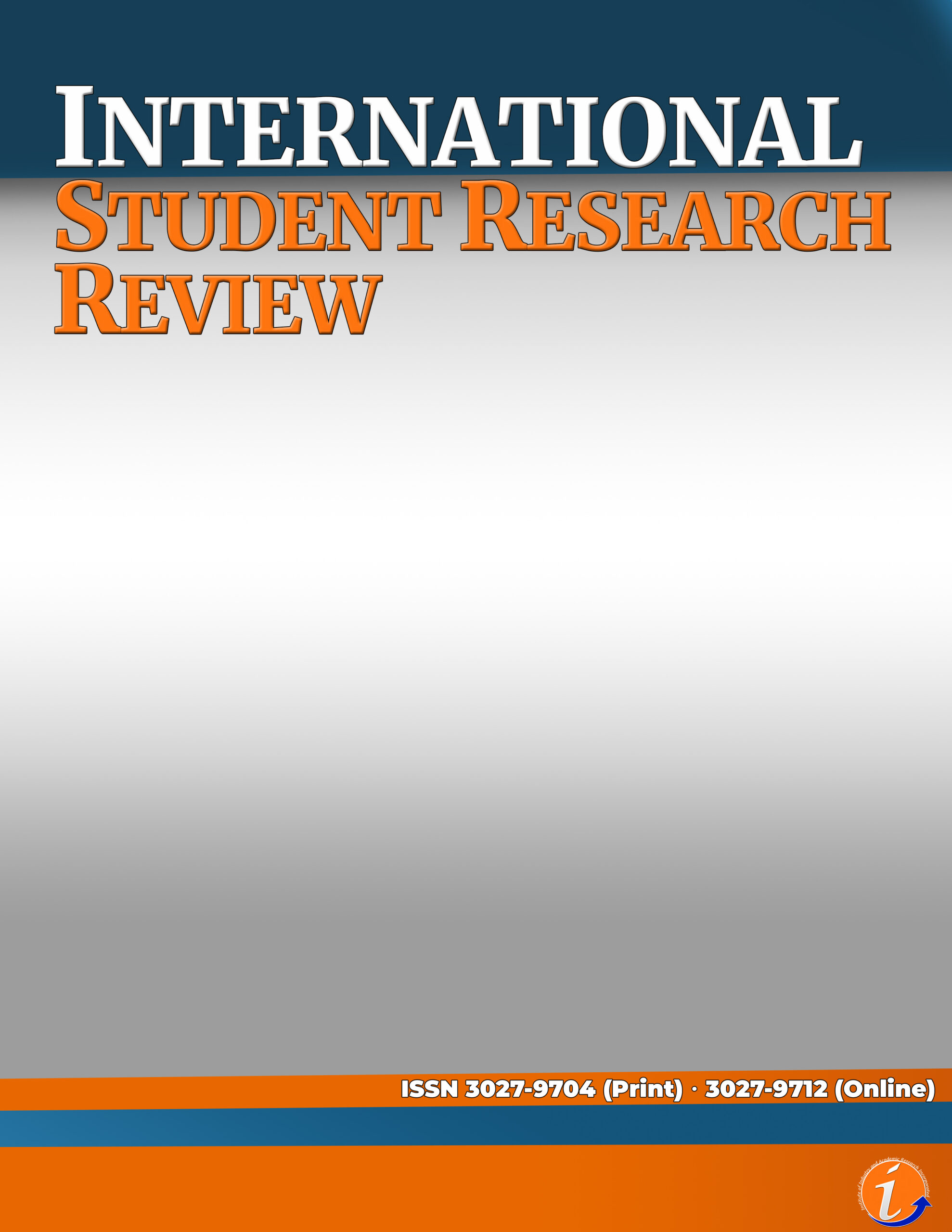Abstract
The purpose of this study was to determine the effect of Project ARCHIMEDES Video Lessons on the academic performance in Mathematics of Grade 6 learners in a public school in Aklan. Using the quasi-experimental matching-only pre test – post test design, the study examined two comparative groups of learners. The control group and the experimental group comprised of 20 learners each, matched-paired based on their general average in Mathematics in grade 5. The control group used the conventional modular modality while the experimental group was exposed to video lessons of Project ARCHIMEDES. The pre-test result of the control group and experimental group was both average in rating which was ideal for the study since the two groups possessed similarities in rating. The mean score of the post-test of the experimental group was higher than that of the control group which was 27.05 and 24.60, respectively. Consequently, both appeared to be high in rating with the T- value of -1.399 and p-value of .170. However, the difference was not significant at .05 level. The post-test result revealed that the conventional modular learning and the utilization of video lesson were both effective since teacher’s intervention provided students with direct instructional support in the learning process. However, the Project ARCHIMEDES was still an effective learning enhancement tool and may be used with teacher’s intervention to improve the mathematics performance of the learners.
Keywords: Project ARCHIMEDES, effect, video lesson, mathematics performance, quality education
*This paper is presented at the 4th International Conference on Multidisciplinary Industry and Academic Research (ICMIAR) 2023
References
Abragan, F & Hambre, M. ( 2017) Video- Assisted Instruction and Performance in Science and Health of Grade 6 Pupils at Naawan Central School; Journal of Education & Social Policy Vol. 7, No. 1. https://jespnet.com/journals
Alkan, C. (1983). Bir Gitim Ortamı Olarak Video. Ankara University Educational Sciences Faculty Journal, Vol.21, No.1, 265-270. Baer, J. (2021). Effects of Using Video Lessons in the Mathematics Achievement of Senior Highschool Learners. https://papers.ssrn.com/sol3/papers.cfm?abstract_id=3823175
Beltran, R. (2021) Effectiveness of Modular and Video Lessons in Mathematics to The Performance of Grade 5 Pupils. International Journal of Advanced Multidisciplinary Studies, Volume 1, Issue 4, ISSN: 2782-893X
Berk, R. A. (2009). Multimedia teaching with video clips: TV, movies, YouTube and mtvU in the college classroom. International Journal of Technology in Teaching and Learning, Vol.5, No.1, 1-21. http://www.pptdoctor.net/files/articles/
Bester, G. & Brand, L. (2013). The Effect of Technology on Learner Attention and Achievement in the Classroom. South African Journal of Education. Vol.33, No.2, 1- 15. http://www.scielo.org.za/scielo.php?script=sci_arttext&pid
Birişçi, S. (2013). Attitudes and Opinions of Students on Video Conference Based Distance Education. Journal of Instructional Technologies & Teacher Education, Vol.2, No.1, 24-40. http://www.jitte.org/ojs/index.php/jitte/ article/view/
Borup, J., Graham, C. and Velasquez, A. (2011), ‘The Use of Asynchronous Video Communication to Improve Instructor Immediacy and Social Presence in a Blended Learning Environment’. In A. Kitchenham (Ed.) Blended Learning across Disciplines: Models for Implementation (pp.38-57). Hershey, PA: IGI Global.
Castro-Alonso, J. C., Ayres, P., Wong, M. and Paas, F. (2018), ‘Learning symbols from permanent and transient visual presentations: Don’t overplay the hand’, Computers & Education 116, 1–13.
Chen, C.-M. and Wu, C.-H. (2015), ‘Effects of different video lecture types on sustained attention, emotion, cognitive load, and learning performance’, Computers & Education 80 , 108–121.
Giannakos, M. N., Jaccheri, L. and Krogstie, J. (2016), ‘Exploring the relationship between video lecture usage patterns and students’ attitudes’, British Journal of Educational Technology 47(6), 1259–1275.
Greenberg, A. D. & Zanetis, J. (2012). The Impact of Broadcast and Streaming Video in Education: What the research says and how educators and decision makers can begin to prepare for the future. http://www.cisco.com/web/strategy/docs/education/ciscovid
Hsin-Yih Cindy Shyu. (2002, December) Using video-based anchored instruction to enhance learning: Taiwan’s experience. https://bera-journals.onlinelibrary
Insorio, A. O., & Macandog, D. M. (2022). Video Lessons via YouTube Channel as Mathematics Interventions in Modular Distance Learning. Contemporary Mathematics and Science Education, 3(1). https://doi.org/10.30935/conmaths/11468
Jadal, M. M, (2011). A Study of Effectiveness of the Audio-visual-aids in Teaching and Learning of English at primary level in Z.P. Primary Schools of Solapur District. Indian Streams Research Journal I (VII). http://www.isrj.net/August/2011/jadal
Kinnari-Korpela, H. (2014). Using Short Video Lectures to Enhance Mathematics Learning – Experiences on Differential and Integral Calculus Course for Engineering Students. Informatics in Education, 2015, Vol. 14, No. 1, 67–81 Vilnius University http://dx.doi.org/10.15388/infedu.2015.05
Lalian, O. (2018). The effects of using video media in mathematics learning on students’ cognitive and affective aspects. AIP Conference Proceedings 2019(1):030011DOI:10.1063/1.5061864
Lewis, Marilyn and He Anping. 2002. ‘Video-viewing tasks for language teacher education.’ RELC Journal, 33 (1): 122-136.
Mayer, R. E. (2001). Multimedia Learning. New York: Cambridge University Press.
Pekdağ, B. (2010). Alternative methods in teaching chemistry: leaning with animation, simulation, video and multimedia. Journal of Turkish Science Education, Vol.7, No.2, 79-110. http://www.tused.org
Rasi, P. and Poikela, S. (2016), ‘A review of video triggers and video production in higher education and continuing education pbl settings’, Interdisciplinary Journal of Problem-Based Learning 10(1).
Scagnoli, N. I., Choo, J. and Tian, J. (2017), ‘Students’ insights on the use of video lectures in online classes’, British Journal of Educational Technology doi:10.1111/bjet.12572













